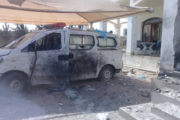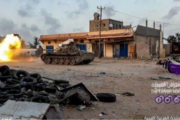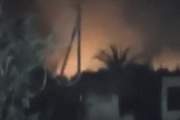An interview of a Yazidi victim confronting her imprisoned ISIS rapist captured the world with its depiction of the young woman’s raw agony at the sight of the man who enslaved and raped her at the age of fourteen. Even though it has been years since the end of her ordeal at the hands of ISIS, her ever-bleeding wound is proof that the group’s brutal terror leaves surviving victims forever scarred.
Five years have passed since the Sinjar massacre that was committed by ISIS. As each year passes, the issue may feel further removed for people not directly affected, but those awaiting family members to return, it marks yet another year in which the perpetrators of this crime against humanity are not brought to justice. The numbers of the Sinjar attack are shocking. More than 6,000 Yazidis – most children and women—were kidnapped in early August 2014. Hundreds of men were executed upon capture. Half of those kidnapped are reportedly still missing, suspected of being further entrenched in human trafficking operations or killed.
Although ISIS is not the only modern terrorist group to utilize slavery and sexual violence, the scale and structural elements of the group’s slavery economy is new. The breadth at which slavery and sexual violence spread across the occupied territory in Iraq and Syria for years is staggering. Modern slavery is a pertinent issue in both counterterrorism and the humanitarian responses which work to assist in the liberation of civilians from insurgent-controlled areas. Since the physical liberation of territory from the IS, several issues have emerged. Female survivors of sexual enslavement experience depression and post-traumatic stress disorder while children born from Yazidi mothers and ISIS fathers suffer the stigma of being labeled the children of terrorists.























